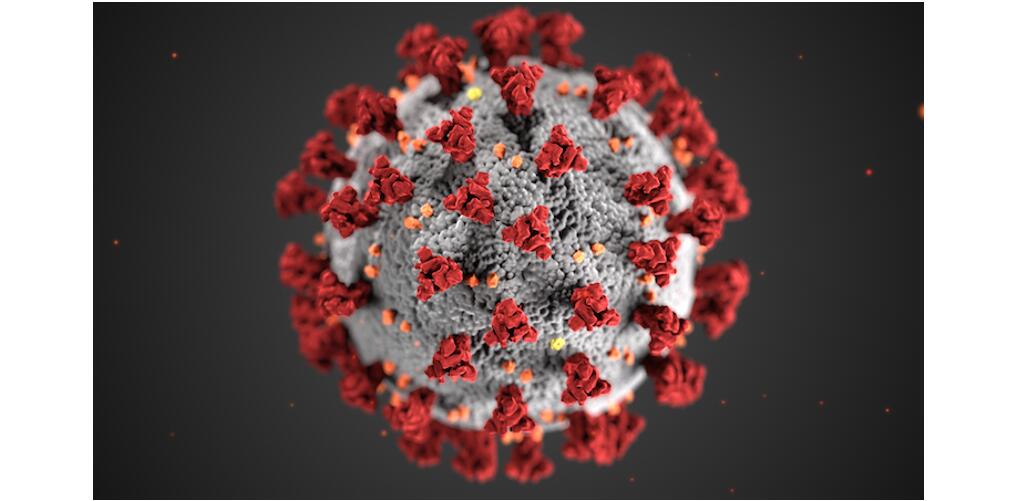The COVID-19 virus uses the lipid membrane of the host to hide and evade the host's immune system, bypassing host surveillance and allowing enhanced and unrestricted virus replication in the early stages of infection. The inability of the host to suppress endogenous transmission at an early stage may aggravate the severity of the disease and adverse consequences, such as lymphopenia leading to the sudden onset of cytokine storm and fatal pneumonia.
Joint multi-omics analysis has become a common tool for life science research. The use of histological techniques can help predict markers and potential drug therapeutic targets, elucidate SARS-CoV-2 infection mechanism based on multi-omics data, and provide theoretical basis and support for SARS-CoV-2 pathogenesis analysis and COVID-19 therapeutic drug screening.
Proteomics
Proteomics is the science of studying the protein composition of cells, tissues or organisms and the patterns of their changes. It refers to the large-scale study of protein characteristics, including protein expression levels, post-translational modifications, protein-protein interactions, etc., thereby obtaining a holistic and comprehensive understanding of disease occurrence, cellular metabolism, and other processes at the protein level.
The use of proteomics technology can analyze the differentially expressed proteins between COVID-19 and healthy, non-critical and healthy, critical and healthy, and critical and non-critical groups. It can also be used to study the enrichment of proteins related to SARS-CoV-2 infection in complement activation, inflammatory response, host-virus interaction, and lipid metabolism-related pathways.
In addition, it is also possible to screen the highly expressed proteins in the sample to obtain candidate antigens and combine them with immunological tests to verify whether they are valid candidate antigens. A series of verification experiments can then be followed to complete the development of the vaccine.
Metabolomics
Metabolomics ultimately identifies characteristic metabolic responses associated with phenotypes by systematically and comprehensively analyzing metabolites in living organisms and comparing changes in metabolic networks under different physiological states. Metabolomics plays an important role in the study of metabolic remodeling during disease development. The use of metabolomics technology can reveal the unique metabolic characteristics of COVID-19 patients as well as metabolite association analysis, which can help to promote further mechanistic studies and biomarker analysis.
Lipidomics
Lipids are a class of bio-organic molecules that are hardly soluble in water but easily soluble in non-polar solvents, including fatty acids, glycerides, sterols, sphingolipids, and phospholipids. Lipidomics can systematically study the composition and content changes of lipids in organisms, revealing their interactions and the effects of other biomolecules.
Changes in plasma lipids are related to inflammation. The general characteristics of SARS-CoV-2 infection mainly include phosphatidylinositol (PI), phosphatidylserine (PS), increased diglycerides and triglycerides (TG), and reduced phosphocholine (PC) and phosphoglycerides (PG). Qualitative and quantitative analysis of lipid molecules in all samples and screening of differentially expressed lipids can be used to reveal the unique regulatory function of plasma lipids during SARS-CoV-2 infection.
Creative Proteomics can provide our customers with proteomics, lipidomics, and metabolomics services and joint analysis to accelerate the progress of related projects.
